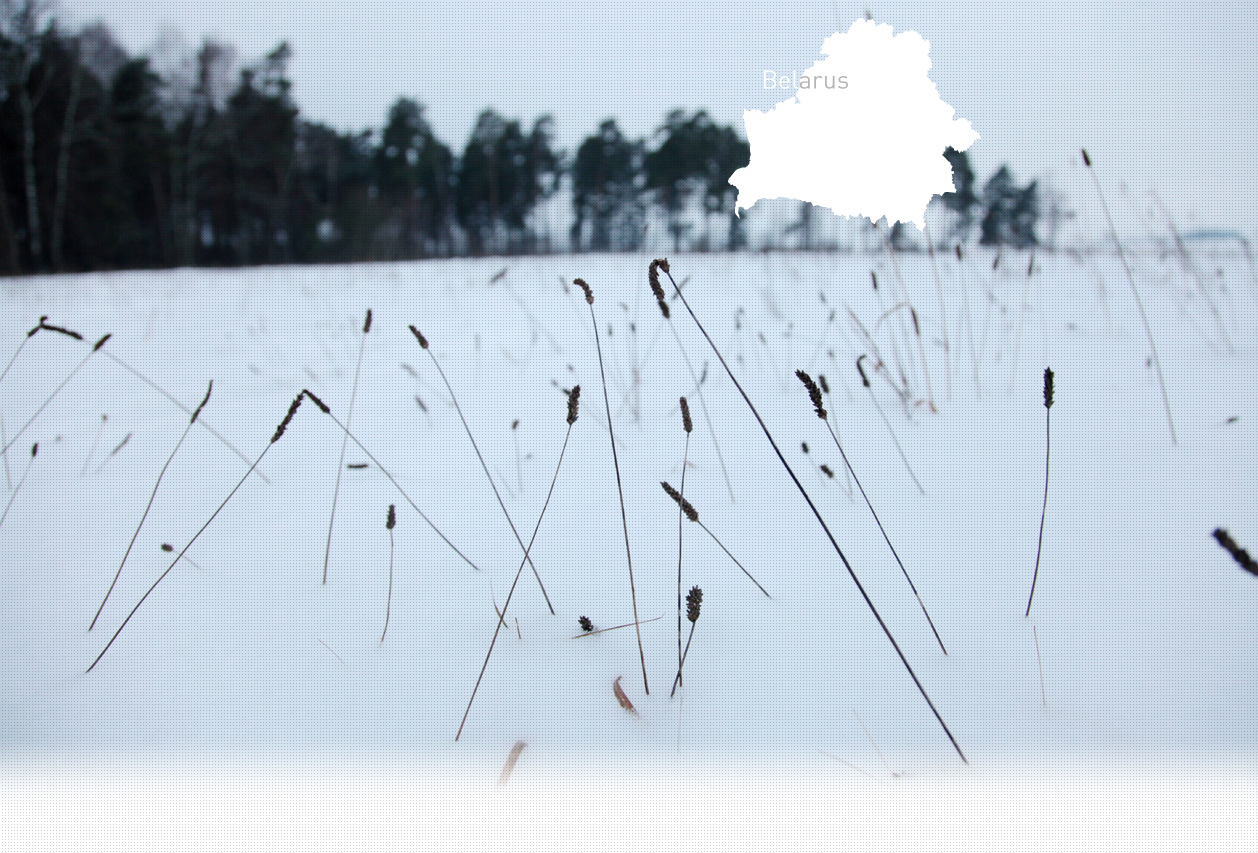

1 Killing site(s)
Nikolay D., born in 1930: “All the Jews were gathered on one street, where they lived for a couple of months. They had yellow circles on their backs to mark them out as Jews. I am not sure that the children were marked as well, but I remember seeing these signs on the adults. After a while, the pits were dug. As far as I know, it was the Jews themselves who dug them. Once the pits were ready, the Jews were shot. I didn’t see the shooting myself, but I could hear the gunfire and children’s screams. (Testimony N°665, interviewed in Krucha, on July 11, 2013).
Krucha is located about 64 km northwest of Mogilev. The first record of a Jewish community goes back to the early 19th century. In 1841, there were 123 Jewish inhabitants and by 1908 the numbers had increased to 805. The majority of Jews were artisans or worked in agriculture. Some were engaged in small trade; there were 13 shops owned by Jews. There was a synagogue, a cheder and a Jewish cemetery. According to the 1920 census, about 300 Jews lived in the village, comprising 50 percent of the total population. However, due to relocation in the 1930s, the Jewish population decreased. The village was occupied by German forces on July 8, 1941. Before the Germans’ arrival, a number of Jews managed to leave Krucha, leaving approximately 120 behind.
Shortly after the German arrival, all the Jewish residents were marked. Three months later, in late September or early October 1941, an open ghetto was established, but it did not exist for long time. The liquidation of the ghetto was conducted on October 10, 1941, by Wehrmacht soldiers with the help of local police. That day, 114 Jews were shot. According to a local witness, the Jews were not taken directly from the ghetto. The day of the shooting, the Jews were rounded up on the edge of the village in a clay quarry. Beforehand, the Germans searched their houses and guarded them. There were women, men and children among the victims. One Jewish family after another was then taken towards the forest. In a clearing, two pits had been dug in advance by requisitioned locals. The Jews were forced to undress and shot in these pits.
Do you have additional information regarding a village that you would like to share with Yahad ?
Please contact us at contact@yahadinunum.org
or by calling Yahad – In Unum at +33 (0) 1 53 20 13 17